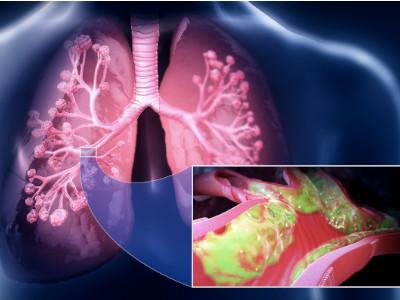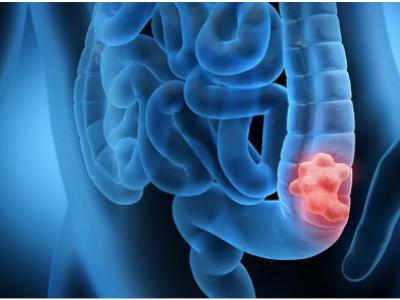
- Published on 09-Mar-2022
- 0 Likes
- 0 Comments
- 313 Times Read
Lung cancer is one of the most fatal cancers worldwide, causing up to three million deaths annually. Only one in ten patients diagnosed with this disease will survive the next five years. Although this was an illness that previously affected predominantly men, lung cancer rate for women has been increasing in the last few years because of the rising ratio of female to male smokers. In many developing countries, public education about the dangers of cigarette smoking and effective cessation programs has contributed to the slowly falling rate of incidence of lung cancer. Nevertheless, lung cancer still remains to be the most common form of cancer in men worldwide and the fifth most common form of cancer in women.
Lung cancer like all other cancers, results from abnormality in the bodys basic unit of life, the cell. Normally, the body maintains a system checks and balances on cell growth so that cells divide to produce new cells only when needed. Interruption in the balance of this system causes an uncontrolled division of cells that eventually forms a mass known as a tumor. Any of the tissues in the lung can become cancer, but most commonly, lung cancer comes from the lining of the bronchi. Since this disease tends to spread very early in its course, it is very life-threatening and one of the most difficult cancers to treat. Although it can spread to any organ in the body, the adrenal glands, liver, brain, and bone, are the most common lung cancer metastases.
Recent research point to the factor with the greatest impact on risk of lung cancer is long-term exposure to inhaled carcinogens. Most common of which is exposure to tobacco smoke. The occurrence of lung cancer is strongly linked with cigarette smoking, with about 90% of the disease arising as a result of tobacco used. The numbers of cigarettes smoke over time increases the risk of lung cancer. Among those who smoke two or more packs of cigarettes per day, one in seven will die of lung cancer. Passive smoking or inhalation of tobacco smoke from other smokers sharing or working quarters, is also an established risk factor for the development of the disease. Non-smokers who reside with a smoker have 24% increase risk for developing lung cancer compared with non-smokers.
Lung cancer, the most common cancer, kills 1.76 million people every year. In India, with a mortality rate 5/100,000, in the U.S. an estimated 3,000 lung cancer deaths that occur each year are attributed to passive smoking. Exposure to asbestos fiber, silicate fibers that can persist for a lifetime in lung tissue following exposure to asbestos, also increases the risk of the disease. Radon gas is also a known cause of the disease with an estimated 12% of lung cancer deaths.
Familial predisposition or genetic susceptibility is also one cause of lung cancer, studies have shown that the disease is more likely to occur I n both smoking and non-smoking relatives of those who have had lung cancer than in the general population. The presence of certain lung diseases, particularly chronic obstructive pulmonary disease (COPD) is associated with a slightly increased risk for development of lung cancer. Air pollution from vehicles, industry, and power plants, can raise the likelihood of developing the disease in exposed individuals.
What are the signs of lung cancer?
The early stages of the disease may not have any symptoms, but as the tumor grows in size, it can produce a variety of symptoms that includes:
- cough (especially one that doesn't go away or gets worse in character)
- chest pain
- shortness of breath
- coughing up blood or bloody phlegm
- new onset hoarseness or wheezing
- recurrent problems with pneumonia or bronchitis
- weight loss
- loss of appetite
- fatigue
- bone pain
- dizziness or double vision
- numbness or tingling in your arms or legs
- turning yellow (jaundice)
Treatment of lung cancer can involve a combination of surgery, chemotherapy, and radiation therapy as well as newer experimental methods, but prevention of the development of the disease through smoking cessation is most important.




0 Comments